chronicles
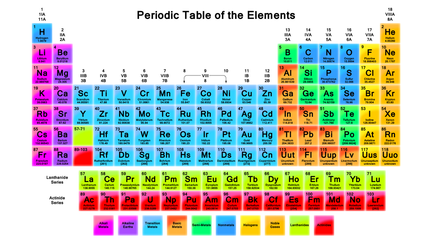 High school chemistry flashback ... aaargh! High school chemistry flashback ... aaargh! You know that feeling when the dentist is picking through your mouth and not tutting at you and not poking at anything that sends you half out of the chair and you're almost convinced that maybe this time there'll be no work required and you feel all weirdly excited? That's how we felt in early 2012 while we waited for the results of our soil testing. We knew our dirt was acidic and would need liming but had no real idea about all the other elements that make up soil and in what proportions they'd arranged themselves at Muntanui. If we re-visit the dental analogy, it turned out we needed a root canal, a wisdom tooth extraction, three additional one-hour appointments and some serious anaesthetic. The damage
The fix We should've had our soil amendments spread in autumn last year but we kept getting distracted by saffron harvesting and livestock emergencies and Farmer Wan working in Oz, etc. The spreading finally took place this year, on 12 June -- a bit too close to winter but again, there were other priorities. On the day, a nice man rocked up in a big truck, opened a valve in said truck and drove up and down our lumpy paddocks releasing white powder until it ran out. Then he headed away to where his trailer was parked, re-filled, came back and drove around again. This went on for about an hour. The air was so thick with white dust we couldn't see anything else. The tiniest of breezes sent it wafting down the road to our neighbour Helen's place. She later thanked us for the free fertiliser. I was working in the tunnel house at the time, feeling smug because I'd had the foresight to wear a mask. It made no difference -- I still ended up with the worst sinus infection of my life. I was sick for three and a half weeks. So important safety tip, people: when your paddocks are being spread with 18.42 tonnes of bacteria-inoculated fertiliser, go and play somewhere upwind, preferably a few kilometres away. Spring will show us how effective this process has been. We'll probably have our soil re-tested in summer and I'll get to experience that dental chair anticipation all over again. I'm hoping for a quick clean and polish. Fingers crossed.
Posted by Farmer Nik
2 Comments
Permaculture, of course. It's also for Plastic, Petrol and Power Tools. These aren't generally emphasised in permaculture philosophy but remember those compromises mentioned a couple of posts back? They mostly involve "P" words. After a five-month absence from Muntanui, we arrived back in March 2010, all ready to get jiggy with my Quest For Fertility plan. But everything had grown so much over Summer that the place was almost unrecognisable. The vegie garden was a jungle, rampant with chin-high weeds. We had two and a half weeks to tame our unruly property. This kind of ruled out the low-tech option, which involved flailing about with machetes and looking demented. Enter the Power tool/Petrol combo. Oh scrub cutter, how we did adore thee! You made short work of the vegie garden. You brought order to our driveway. You ensured I wouldn't get lost between the berry patch and the house. You readied us for Plastic. After the scrub-cutter carnage was over, we had a vegie garden with beds that were actually visible and a whole lot of chopped-up weeds that were already thinking about re-sprouting. We needed to kill them off and somehow improve the fertility of the soil in the beds, all while not living on site. That's when I turned to Jackie. Aussie organic gardening guru, Jackie French, is one of my heroes. In her book, The Wilderness Garden, she mentions covering weeds with clear plastic ("solarisation") as an effective killing technique. When my mate Jackie suggests trying solarisation, solarisation's what I try. So we piled all the weed debris on top of the beds, nailed clear plastic over them and flew back to Oz. When we removed the plastic eight months later, the weeds had indeed died but I'd been hoping they'd have broken down and made us some nice soil as well. They hadn't. They didn't. Bummer. A couple of friends who were staying with us at the time, Donald and Margaret from Abriachan Garden Nurseries, pointed out it didn't get hot enough here at Muntanui for the solarisation thing to crank up the composting process. We needed more heat... and for that, we needed more Plastic in the form of black weedmat. So on it went and on it stayed for another eight months until we arrived back at the end of August. The weeds hadn't rotted down completely but they'd made a lot of progress and we now had some organic matter to break up our clay. Phase 2 of the Quest For Fertility was complete. It was on to Phase 3... and one of the most hilarious P words of them all. Posted by Farmer Nik
On the day we met Muntanui's previous owner (a farmer from way back), I asked him if he'd ever had the soil tested. "No need," he said. "It's typical New Zealand soil: acidic and low in phosphorus." On each successive visit, as I observed and learned more, I began to see the evidence of his assessment for myself. The weeds that favour damp and acidic soils were everywhere: sorrel, dock and plantain. One of the paddocks had serious issues with bracken, another acid lover (but also a useful pioneer plant and nitrogen fixer, revegetating degraded land.) Creeping buttercup through the vegie garden warned us our drainage was bad. And for every five holes we dug, we were lucky if we found one worm. But it wasn't all bad. Honestly. Sure, our soil is basically a mixture of clay and shale over a hardpan. Yes, it's a bit uncouth and rough around the edges and you wouldn't be too thrilled about it marrying your daughter... but it has promise. I found just enough fertility indicators (clover, chickweed and blackberry) to hint at the possibility that one day -- maybe in less than five years -- our dirt will be black, deep and full of life. Then we'll grow the sort of tucker that gives us superpowers.  Hmmm... are we inspired yet? To kick off our epic soil remediation process, I had a wee chat with the Librarian Who Lives In My Head:
-- What soil amendments regulate acidity? Acceptable organic and permaculture solutions only, please. -- Lime, dolomite or wood ash and lots of organic matter. -- What about phosphorus deficiency? -- A passel of chooks should do the trick. -- That's fine for the vegie garden and maybe the orchard but what about the paddocks? -- Dunno, mate. Green manures? Pasture cropping? Strip grazing? Fukuoka-style seed balling? More animals? All of the above? Read more books or talk to someone who's already doing it. I'm off for my pedicure. -- Pedicure? But I always thought you were a bloke. -- Yeah? So? -- Feeling awkward now. That was in October 2009. I had the beginnings of a plan but it would be March 2010 before we were able to get back to Muntanui. When we returned, I learned one of the most important lessons associated with trying to live and farm sustainably: somewhere along the line, you'll be forced to make compromises... Resources NZ soil types: Landcare Research NZ weeds: Massey University's weed database Weeds as soil indicators: Woodrow, L., The Permaculture Home Garden, Penguin, Australia, 1995, pp 49-51. There's also a good general reference here: http://oregonbd.org/Class/weeds.htm For an overview of weeds and the services they perform in soil building, check out Weeds, Guardians of the Soil by Joseph A. Cocannouer. Originally published in 1950, nearly 30 years before Mollison and Holmgren's definitive Permaculture One hit the scene, this delightful little book was something of a trail-blazer. It refers to the ability of weeds to stabilise soil and "mine" nutrients, and advocates their controlled use to benefit agriculture. Although written for a US readership, there's plenty that's relevant anywhere in the world. The link will take you to a free online library. It's definitely worth a look. - Posted by Farmer Nik |
About Ewan and NikiFarmer WanScottish mechanical engineer with a deep and abiding passion for good food. Outstanding cook. Builder of lots of stuff. Cattle whisperer. Connoisseur of beer. A lover rather than a fighter. Farmer NikKiwi writer and broadcaster who hates cabbage, even though she knows it's good for her. Chook wrangler. Grower of food and flowers. Maker of fine preserves. Lover of dancing and wine. Definitely a fighter. Archives
November 2016
Categories
All
|
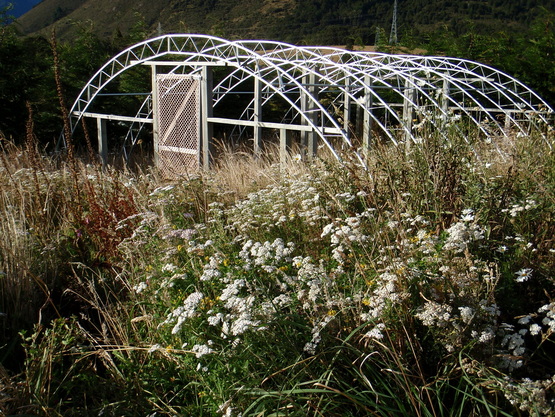
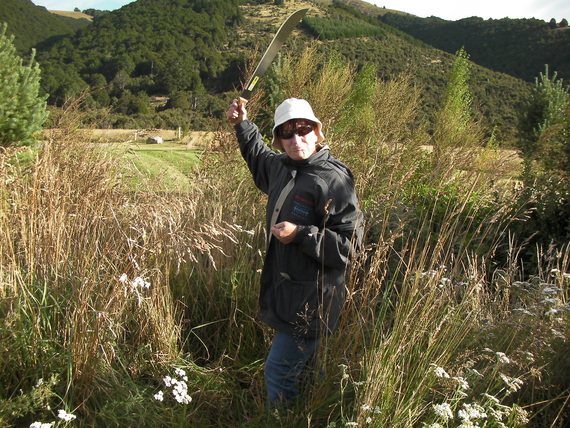

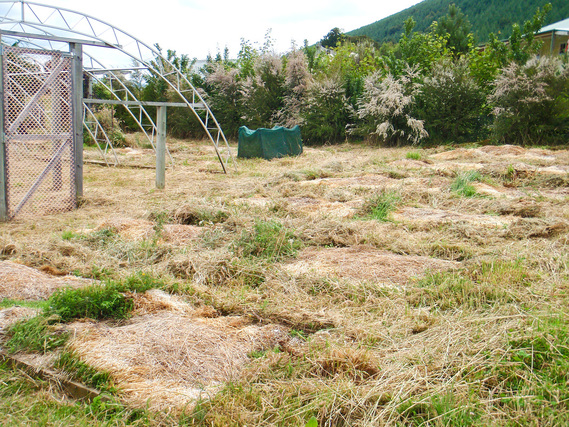
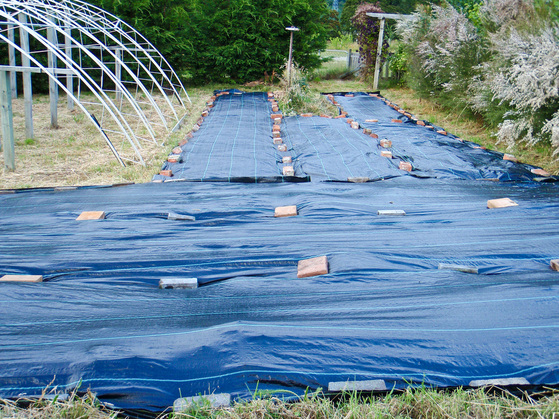
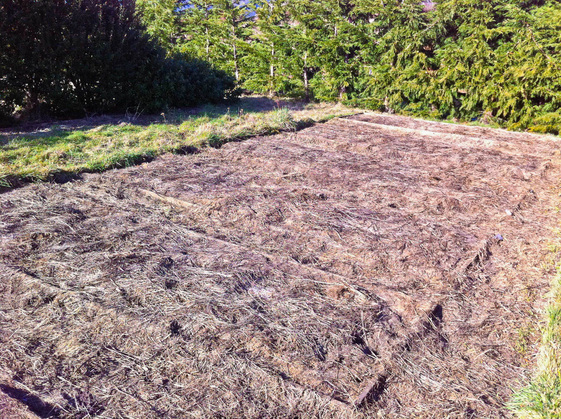


 RSS Feed
RSS Feed
